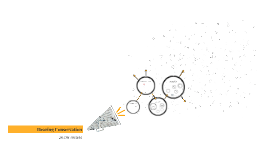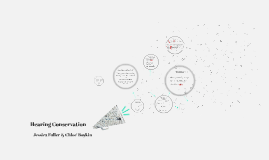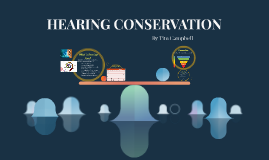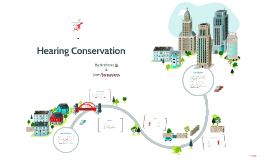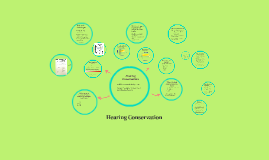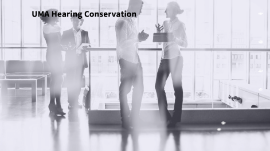Hearing Conservation
Transcript: Garvey, D. J. (2015, September). Hearing Conservation in Construction. Professional Safety, 60(9), 5p, 30-34. Retrieved September 27, 2016, from http://web.b.ebscohost.com/ehost/pdfviewer/pdfviewer?vid=6&sid=757f9562-dba2-416f-a3b0-ef633987899f@sessionmgr2 Jin, S., Nelson, P., Schlauch, R., & Carney, E. (2013). Hearing conservation program for marching band members: a risk for noise-induced hearing loss? American Journal of Audiology, 22, 26-39. doi: 10.1044/1059-0889(2012/11-0030). Murphy, W. J., & Griest, S. E. (2014). The Art of Hearing Conservation. International Journal of Audiology, 53(Sup2). doi:10.3109/14992027.2013.858188 Hearing perception is 3 feet or less Prevention Training Education Hearing Conservation What is Hearing Conservation? Hearing Protected Devices Educating on Hearing Loss Encourage healthy hearing Value of using HPDs Extremely loud: 110dB-mp3 players 106dB-lawnmowers 100dB- hand drill 90dB subway/motorcycle Fausti, S., Wilmington, D., Helt, P., Helt, W., Konrad-Martin, D. (2005). Hearing health and care: The need for improved hearing loss prevention and hearing conservation practices. Journal of Rehabilitation Research & Development, 42, 45-62. doi: 10.1682/JRRD.2005.02.0039. Hearing Protective Devices (HPD's) Education through Evidence Based Curriculum Replacement of tools 1/4 all hearing loss in US can be blamed for noise exposure Military Jessica Fuller & Chloe' Boykin Signs you may be at risk Training Individuals at Risk Cause Identification Band & Orchestra Damaging Noise Exposure Raising voice when speaking Sounds are Muffled Painful: 150dB- fireworks at 3 ft 140dB-firearms 130dB-jackhammer 120dB-sirens Awareness of Hearing Loss Construction Workers 16-20% of ages 12-19 will have hearing loss Prevention Factory Workers Very Loud: 80-90dB- hairdryer, food processor, and kitchen blender Musicians Ringing and hurting of the ears References Prevalence Occupational noise exposure affects 40 million Americans Loud Music Lovers






